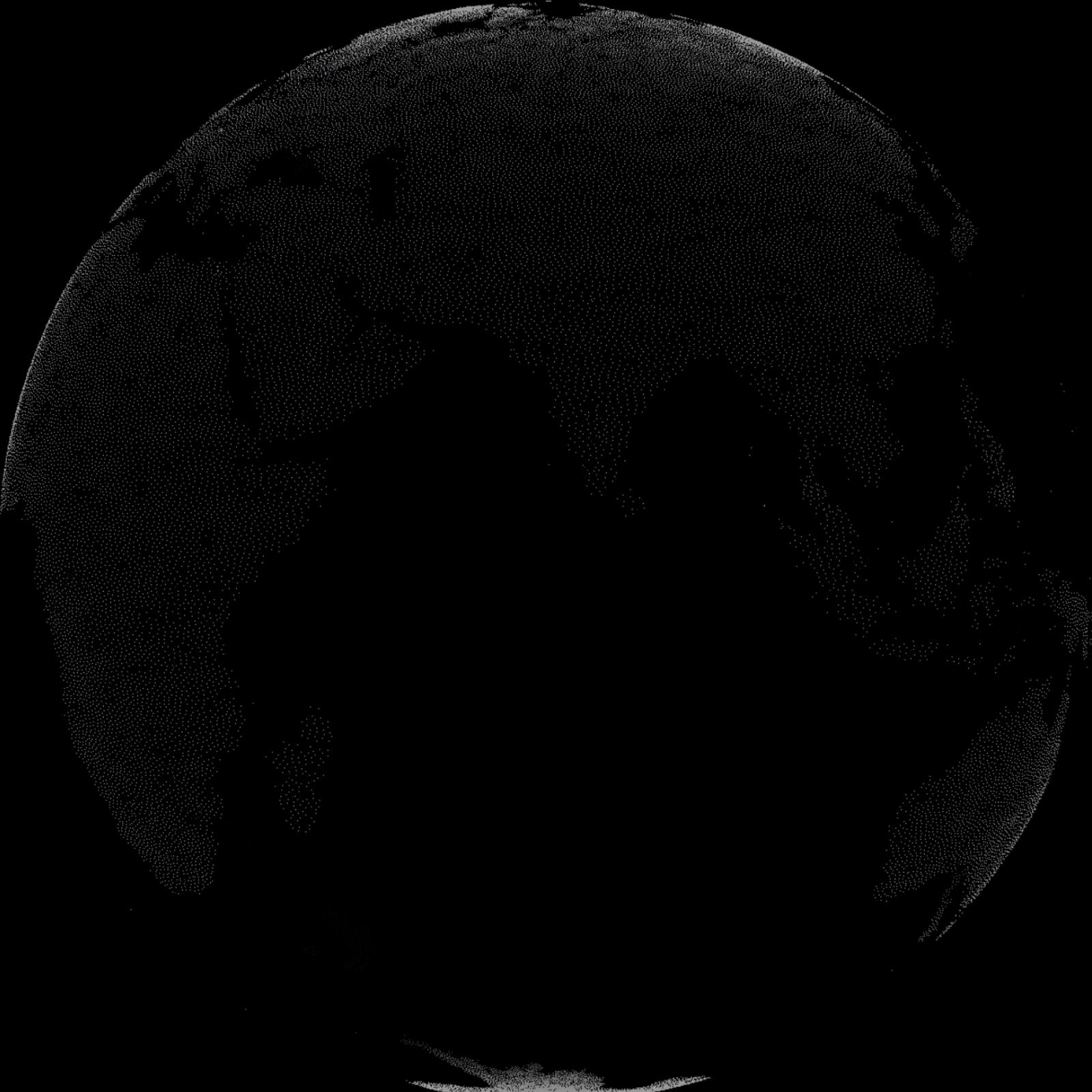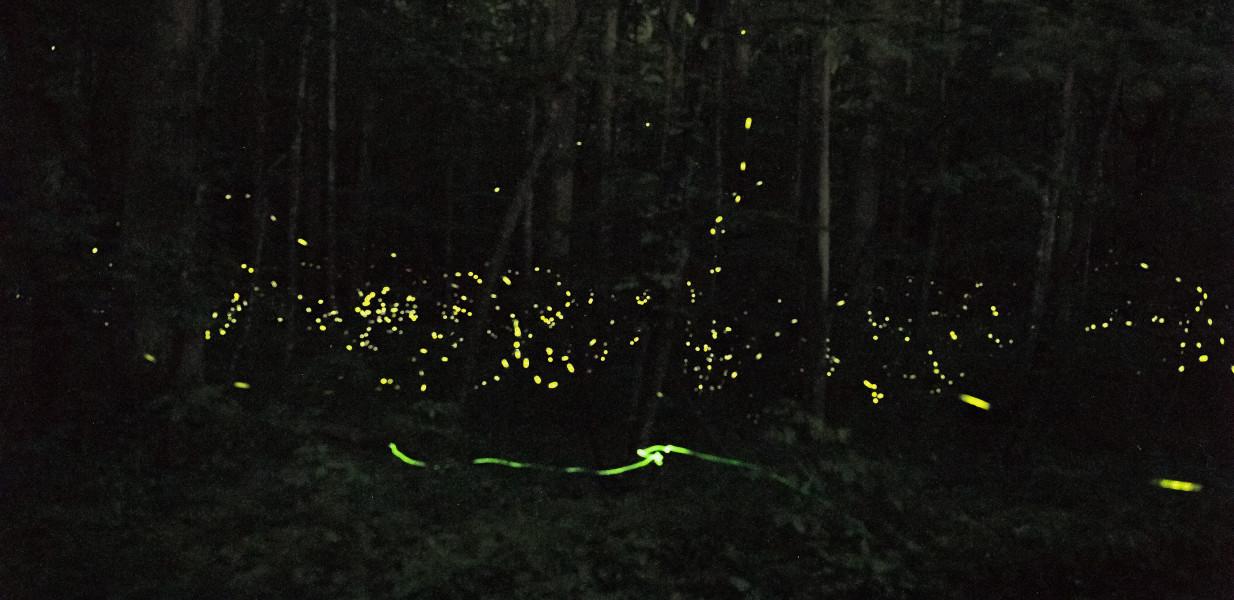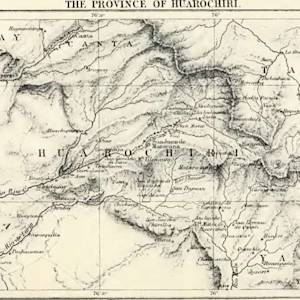Radium workers begin to die of radiation poisoning
1922 CE • United States
"Beginning in the 1910s and continuing through the 1920s, more than 3,000 girls and young women seized upon a new and unusual work opportunity: painting glow-in-the-dark numerals on the dials of watches, clocks and military equipment. The numerals glowed because the paint contained radium. Because the work required fine detail to paint the tiny numbers, the factory supervisors instructed the women to lick their camel-hair brushes to a point before and after dipping the brushes in the radium paint. When some of the women inquired whether lip pointing, as the technique was known, was really safe, the supervisors assured them it was . . . But by the late 1920s, many of the women involved in this work had fallen dangerously ill, and several had died of suspected radiation poisoning. The alpha radiation in the paint they had ingested had eaten away their bones from the inside out. "
Ron Cowen, "New Jersey’s ‘Radium Girls’ and the NIST-Trained Scientist Who Came to Their Aid," National Institute of Standards and Technology, March 16, 2022.
Image: Public domain, via Wikimedia Commons


Learn about Maya Lin’s fifth and final memorial: a multi-platform science based artwork that presents an ecological history of our world - past, present, and future.

Discover ecological histories and stories of former abundance, loss, and recovery on the map of memory.

Learn how we can reduce our emissions and protect and restore species and habitats – around the world.

See how art can help us rethink the problems we face, and give us hope that each one of us can make a difference.

Help make a global memorial something personal and close to home. Share your stories of the natural world.


